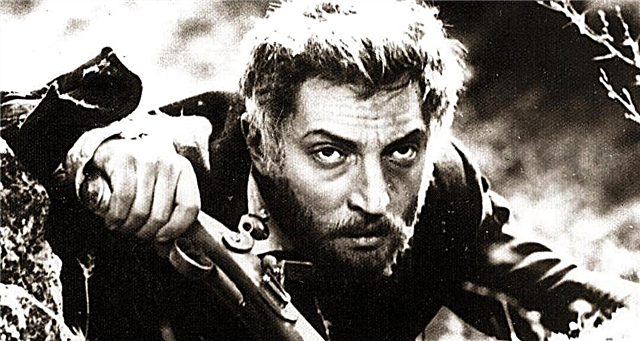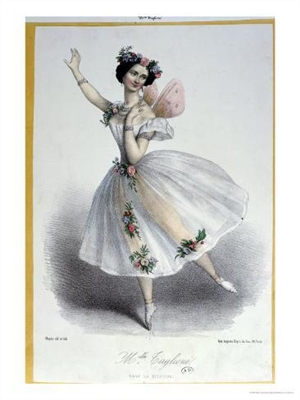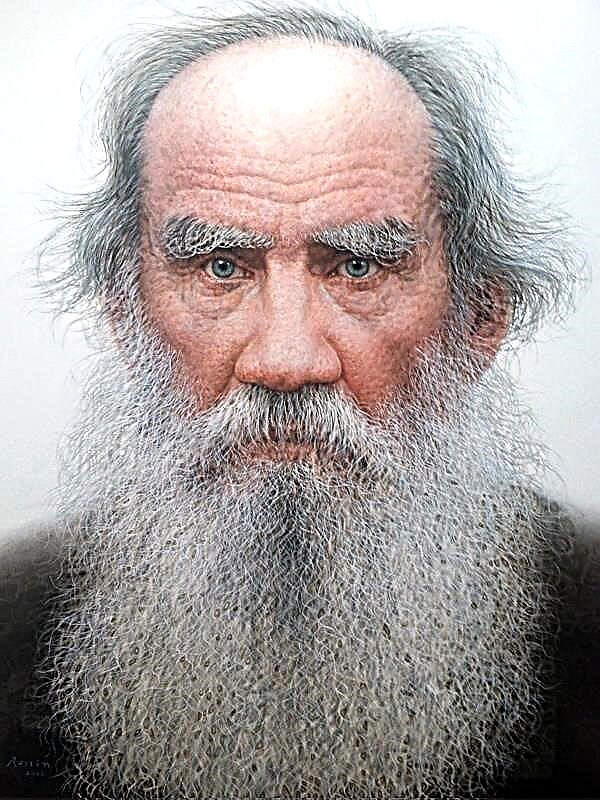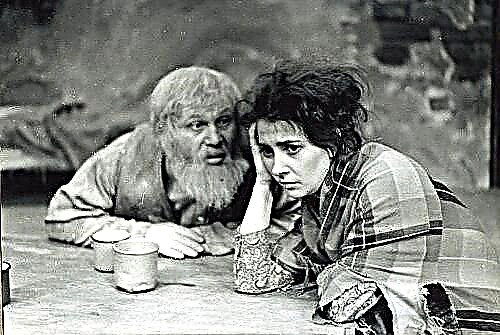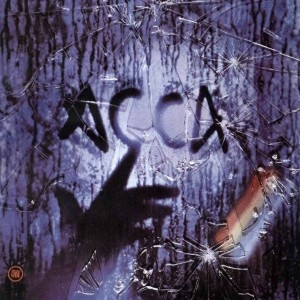The famous Russian rock band Nautilus Pompilius is known for its mysterious songs, mythological, occult meanings and symbols. The composition “The Beast”, released in 1994 as part of the album “Titanic”, Vyacheslav Butusov (one of the founders of the group and the vocalist) considers the main personal achievement because of the scale of the dramatism embedded in it. Also, this song became one of the soundtracks for the film by Alexei Balabanov “Brother”.
What is the song about?
The mysterious text, superimposed on rather rhythmic music, as if introducing the listener into a trance, raises many questions. In order to understand the meaning of "The Beast", you should understand the main images of the lyrical work. The text is written in the first person. The author makes us understand that the narration is conducted by the Hunter. Who else can chase the Beast “for so many years, so many winters”? As the storyline develops, it becomes clear to us that the Hunter and the Beast, if not one, are very close, related heroes to each other. The hunter sets out the feelings of his opponent. At the beginning of the composition, he suggests them, repeatedly repeating "This means ...". Then his confidence in the Beast’s actions increases along with the feelings that, it seems, the Hunter shares with him: “I know how it hurts in the chest of the beast.” At the end of the song, these two images finally merge, becoming an inseparable, but contradictory whole: "When the morning rises, he with the last star / Rises to the path, will fly after me."
The main idea of the text: three versions
It is quite difficult to interpret the meaning of the composition. This song can be viewed from many angles, finding ever new characters and faces. It should be noted several associations that arise when listening to the "Beast".
- If you don’t dig deep, you might think that Vyacheslav Butusov wrote a lyrical story about a split personality, in which the two “I” are in opposition. One that lives in the dark, among the “flame of bonfires,” is the concentration of all dark desires or fears. Another "I" is trying to overcome them through light: "I circle in the dark, where laughter is heard, / This means that now the beast is finished."
- Moving away from the topic of multiple personality, you can simplify the meaning a little, reducing these two images to the canonical confrontation of good and evil. The song depicts an eternal battle of two forces in which there is no winner. This explains that the Hunter tracks the entire song to the Beast, and in the last two lines, the Beast already begins its race for the Hunter.
- Also, the history of these two images can be a metaphor for life and death, which are also in an eternal cycle. It is only difficult to unambiguously figure out who the role could be assigned to the author. It is the Hunter who tracks the Beast, which subsequently surrenders and falls asleep. Here, the Beast can be assigned the role of life, inexorably pursued by death.
Thus, the Beast and the Hunter embody two dichotomous entities (paired concepts and phenomena that are inseparable). These are opposite images, which are in a constant struggle, but individually do not exist, like life and death, like light and darkness, like good and evil, etc.
Character Meaning
The listener also notices one elemental symbol - the symbol of fire. The author makes a strong emphasis on the environment of the Beast, around which "a fire is burning", "the flame of bonfires." And the lights themselves are evidence of its existence. It is from them that the Hunter determines the location of his opponent. And if at first it may seem that a blazing fire is the work of people’s hands, because the Hunter can hear someone’s laughter, then it becomes clear to us that this is an attribute of the Beast, not only its symbol and protection, but also a curse by which it is easy to track down. The hunter waits for the fire to die down, when the victim weakens and falls asleep. In the morning, “rain poured out of the sky”, which finally extinguished the once raging flame. Here, the Beast acquires a certain similarity with the mythological image of the Phoenix bird, which perishes in the fire and is reborn from the ashes.
The finale of the song, we can say, remains open, since it is not clear to us whether the Beast survived. "I'm flying and I'm sad in this steppe" - the words of the Hunter, which he pronounces, looking at the dying sparks. Is it possible to say that he pities his opponent? As a result, the Hunter and the Beast together ascend to heaven, turning into heavenly bodies. This is a mythological story that is widespread among the peoples of the world. We are led to an understanding of the cyclical nature of this story, a vicious circle in the eternal struggle.



